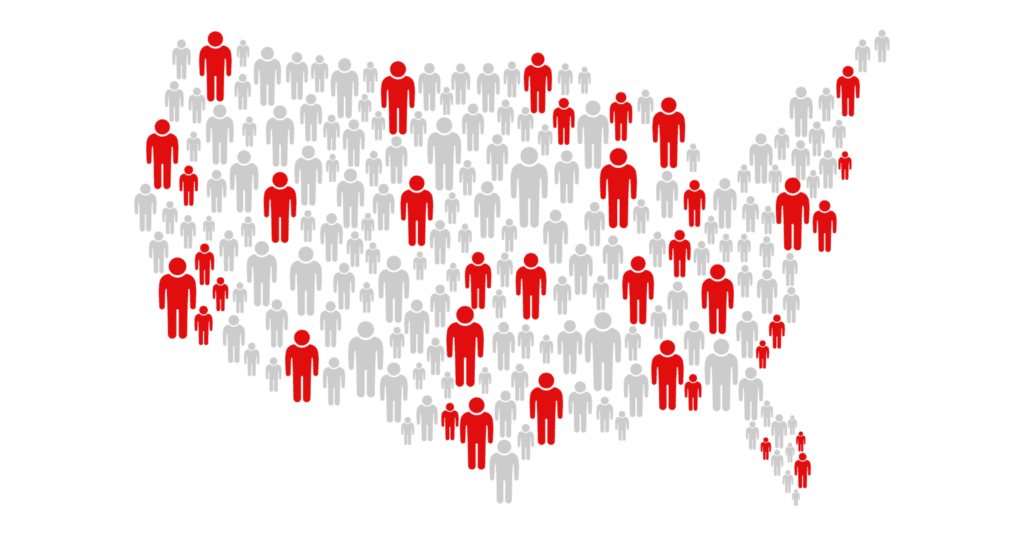Without a vaccine available until recently, behavioral interventions have been strongly relied on to mitigate the spread of COVID-19. Even with a vaccine, public health officials stress that masks and other public health approaches will be vital for weeks and months to come.
Yet, analysis of a survey that was conducted between April and November of 2020 shows a concerning trend: Individuals reported engaging in 16 evidence-based protective measures less frequently in November compared to April. Only mask wearing was up considerably.
“There has been a lot of talk about `pandemic fatigue,’ and this study clearly shows that people are less willing to take precautions to limit the risk of infection and slow the spread of the virus,” said John Romley, lead researcher on the study, associate professor at the USC School of Pharmacy and senior fellow at the USC Schaeffer Center for Health Policy & Economics.
The study was published January 22 in the Journal of the American Medical Association.
Remaining inside one’s home, having no close contact with non-household members saw large decreases between April and November
The researcher team leveraged a subset of the Understanding American Study, an ongoing panel of U.S. residents. They analyzed 16 waves of survey responses of the Coronavirus Tracking Survey (CTS) completed between April 1, 2020 and November 24, 2020. The survey was sent every two weeks to U.S. residents.
With the data, Romley and his team developed an adherence index to understand whether there was evidence of apathy and resistance toward interventions. Responses were adjusted for sociodemographic characteristics of survey week, age, sex, race/ethnicity, education, household income and 7-day mean of daily new cases in the respondent’s state.
They find that overall adherence on the index decreased substantially from 70.0 (out of a possible 100) in early April to the high 50s in June before increasing to 60.1 by the final wave in late November.
Reported protective behaviors experiencing the largest decreases from early April to late November were:
- remaining inside your home except for essential activities or exercise, which decreased from 79.6% to 41.4%;
- having no close contact with non-household members (63.5% to 37.8%),
- not having visitors over (80.3% to 57.6%), and
- avoiding eating in restaurants (87.3% to 65.8%).
Meanwhile, mask wearing showed a significant increase, from 39.2% in early April to 88.6% in late November.
“The general decrease we see in protective behaviors matches anecdotal reports, but the difference we find between behaviors is a very new and important addition to the conversation,” explained co-author Matthew Crane, a medical student at Johns Hopkins University School of Medicine and a visiting scholar at the USC Schaeffer Center. “Attention to pandemic fatigue is especially relevant given rising concerns about new variants of the virus which may require even greater physical distancing measures to curb transmission.”
The researchers found that these trends occurred in all regions of the U.S.
Read more at healthpolicy.usc.edu.


